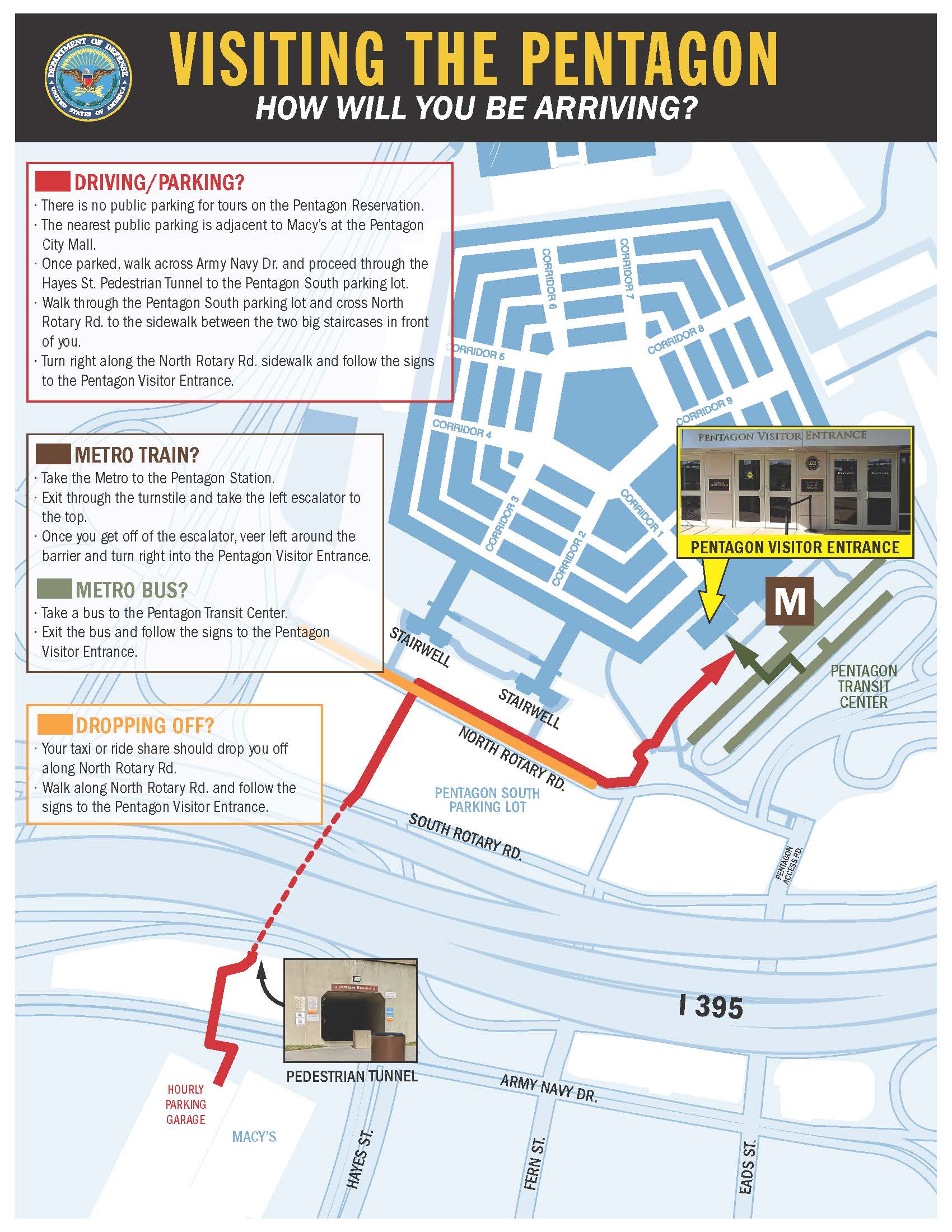
A self driving car navigating through city. Technology iot. Smart city - Source www.vecteezy.com
| Key Differences | Key Takeaways |
|---|---|
FAQ
This comprehensive guide to Tehran's Odd-Even Traffic Restriction provides answers to frequently asked questions, clarifying the regulation and addressing common concerns. Tehran's Odd-Even Traffic Restriction: A Comprehensive Guide To Navigating The City aims to enhance your understanding of the policy and ensure a smooth commuting experience.

Navigating Mortgage Lending Rates Your Comprehensive Guide - Source nolvamedblog.com
Question 1: What is the purpose of the Odd-Even Traffic Restriction?
Answer: The restriction aims to reduce traffic congestion and improve air quality in Tehran. By limiting cars on the road based on their license plate numbers, it aims to reduce the number of vehicles and encourage alternative transportation methods.
Question 2: How does the Odd-Even Traffic Restriction work?
Answer: Vehicles with license plates ending in odd numbers are permitted on odd-numbered dates, while vehicles with license plates ending in even numbers are permitted on even-numbered dates. The restriction applies during specific hours on weekdays.
Question 3: What are the exceptions to the Odd-Even Traffic Restriction?
Answer: Certain vehicles are exempt from the restriction, including public transportation, emergency vehicles, taxis, and vehicles used by disabled individuals. Additionally, some streets and areas may be designated as exempt.
Question 4: What are the penalties for violating the Odd-Even Traffic Restriction?
Answer: Violators may face fines or other penalties, such as having their vehicle impounded. The specific penalties vary depending on the severity of the violation.
Question 5: How effective has the Odd-Even Traffic Restriction been?
Answer: Studies have shown that the restriction has led to a reduction in traffic congestion and a slight improvement in air quality. However, its effectiveness can vary depending on factors such as compliance and availability of alternative transportation options.
Question 6: Are there any plans to modify or remove the Odd-Even Traffic Restriction?
Answer: The Odd-Even Traffic Restriction is subject to periodic review and may be modified or removed based on its effectiveness, traffic patterns, and public feedback.
To stay informed about any changes or updates to the Odd-Even Traffic Restriction, it is recommended to consult official sources such as the Tehran Traffic Police website or local news outlets.
By adhering to the Odd-Even Traffic Restriction and exploring alternative transportation options, you can contribute to reducing congestion and improving the overall commuting experience in Tehran.
Tips for Navigating Tehran's Odd-Even Traffic Restriction
Tehran's odd-even traffic restriction is a measure implemented to reduce air pollution and traffic congestion in the city. The policy restricts vehicles from operating on certain days based on their license plate numbers, with odd-numbered license plates permitted on odd-numbered days and even-numbered plates on even-numbered days.
Tip 1: Plan Ahead
Drivers should familiarize themselves with the restriction schedule and plan their出行 accordingly. Those with odd-numbered plates should avoid driving on even days, and vice versa. This will minimize inconvenience and potential fines.
Tip 2: Consider Public Transportation
Tehran has an extensive public transportation system that includes buses, subways, and taxis. During the restriction period, it is highly recommended to utilize these services instead of driving. This not only complies with the policy but also contributes to reducing traffic and pollution.
Tip 3: Carpool or Rideshare
Carpooling or using rideshare services can be an effective way to bypass the restriction. By sharing a vehicle with others, drivers can ensure that at least one person in the group has a license plate number that complies with the restriction on that particular day.
Tip 4: Use Electric or Hybrid Vehicles
Electric and hybrid vehicles are exempt from the odd-even traffic restriction. Drivers who own such vehicles can operate them on any day without facing penalties. This not only provides convenience but also aligns with Tehran's efforts to promote environmentally friendly transportation.
Tip 5: Be Aware of Exceptions
There are certain exceptions to the odd-even traffic restriction. Emergency vehicles, such as ambulances and fire trucks, as well as vehicles used by government officials, are permitted to operate on any day. Additionally, vehicles with diplomatic license plates are also exempt.
Tip 6: Check for Updates and Notifications
Tehran's traffic authorities may occasionally announce changes to the odd-even restriction schedule. Drivers should stay informed by checking official sources or subscribing to traffic alerts to avoid unexpected penalties.
Tip 7: Be Respectful of the Policy
It is crucial to adhere to the odd-even traffic restriction to ensure its effectiveness. Drivers who violate the policy may face fines and other penalties. By respecting the regulations, everyone can contribute to cleaner air and reduced traffic congestion in Tehran.
Tip 8: Consider Alternative Routes
Drivers who need to travel on days when their license plate number is restricted may consider using alternative routes. This includes exploring less congested roads or taking advantage of backstreets to reach their destinations. While this may take slightly longer, it can help avoid unnecessary delays and potential violations.
Tehran's Odd-Even Traffic Restriction: A Comprehensive Guide To Navigating The City
Tehran's odd-even traffic restriction is a critical measure implemented to manage traffic congestion and improve air quality. This guide provides a comprehensive overview of the key aspects to navigate the city effectively during this restriction.
- Affected Vehicles: Odd-numbered license plates on odd days, even-numbered on even days.
- Enforcement Hours: Weekdays from 6 AM to 7 PM, excluding holidays.
- Exemptions: Diplomatic vehicles, emergency services, public transport, and vehicles with special permits.
- Alternative Routes: Consider using public transport, carpooling, or ride-sharing to avoid restrictions.
- Penalties for Violations: Fines for violating the restriction vary based on the severity of the offense.
- Monitoring and Enforcement: Traffic cameras and police patrols monitor the restriction.
Understanding these aspects is crucial for navigating Tehran during the odd-even traffic restriction. By adhering to the regulations, using alternative transportation options, and staying informed about enforcement measures, residents and visitors can contribute to the effectiveness of this initiative and enjoy a smoother traffic experience.

U.S. Department of Defense > Pentagon Tours - Source www.defense.gov
Tehran's Odd-Even Traffic Restriction: A Comprehensive Guide To Navigating The City
Addressing the severe air pollution in Tehran, the Iranian government introduced the odd-even traffic restriction policy in 2018. This measure prohibits cars with specific number plates from driving on particular days of the week, reducing the number of vehicles on the road and subsequently improving air quality.

Navigating The Labyrinth: A Comprehensive Guide To The New York City - Source usamaphd.pages.dev
The restriction applies to private vehicles and does not include public transport, emergency services, government vehicles, or any vehicles used for commercial purposes. Cars with odd-numbered license plates are allowed to drive on odd-numbered days, while those with even-numbered plates can drive on even-numbered days. Failure to comply with this regulation results in fines issued by traffic police.
The policy effectively reduces traffic congestion and improves air quality, leading to a decrease in respiratory illnesses and improved overall health for Tehran residents. The measure encourages carpooling, public transportation, and alternative modes of transport like cycling or walking, promoting a more sustainable and healthy urban environment.
Additionally, the odd-even traffic restriction has spurred the growth of ride-sharing services and public transportation usage, providing convenient and affordable alternatives to private vehicles. This shift in transportation habits contributes to reducing greenhouse gas emissions, further enhancing the city's environmental sustainability.
Conclusion
Tehran's odd-even traffic restriction policy is a comprehensive solution to address air pollution and improve the city's livability. By reducing the number of vehicles on the road, the measure effectively mitigates traffic congestion, improves air quality, and promotes sustainable transportation practices.
The success of this policy demonstrates the positive impact that well-planned traffic management strategies can have on urban environments. Tehran's experience serves as a model for other cities seeking to address similar challenges, highlighting the importance of prioritizing public health, environmental sustainability, and efficient transportation systems in urban planning.
